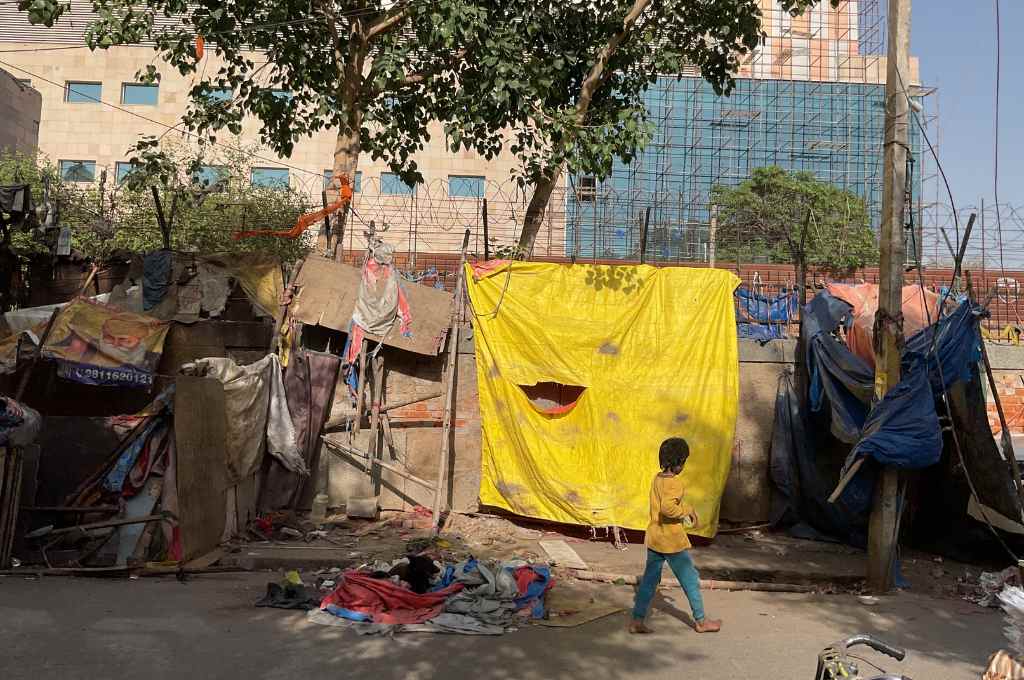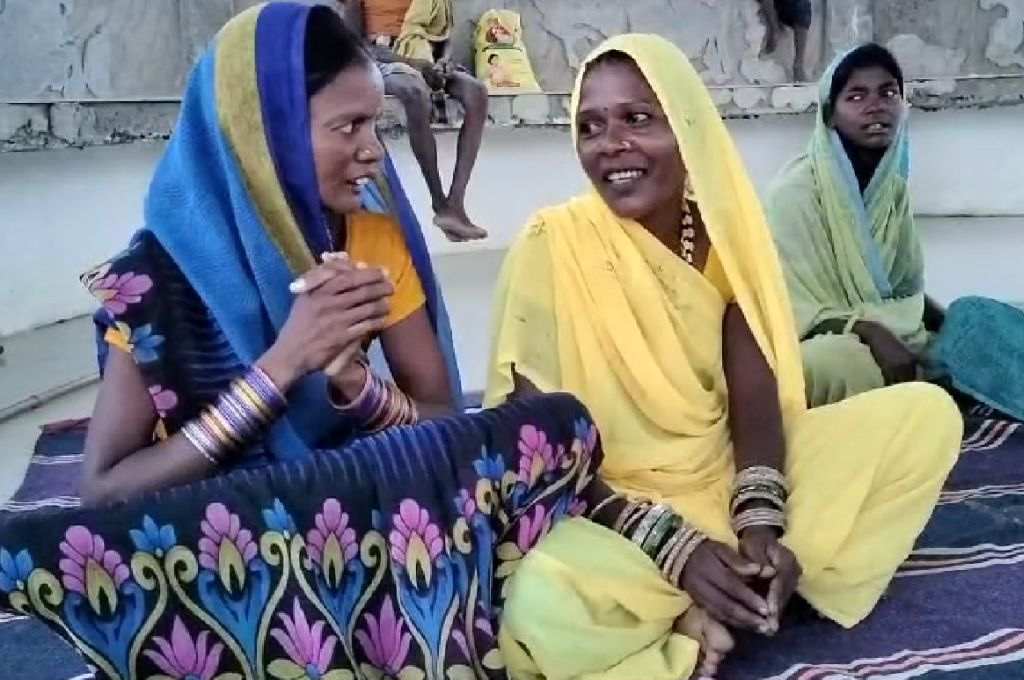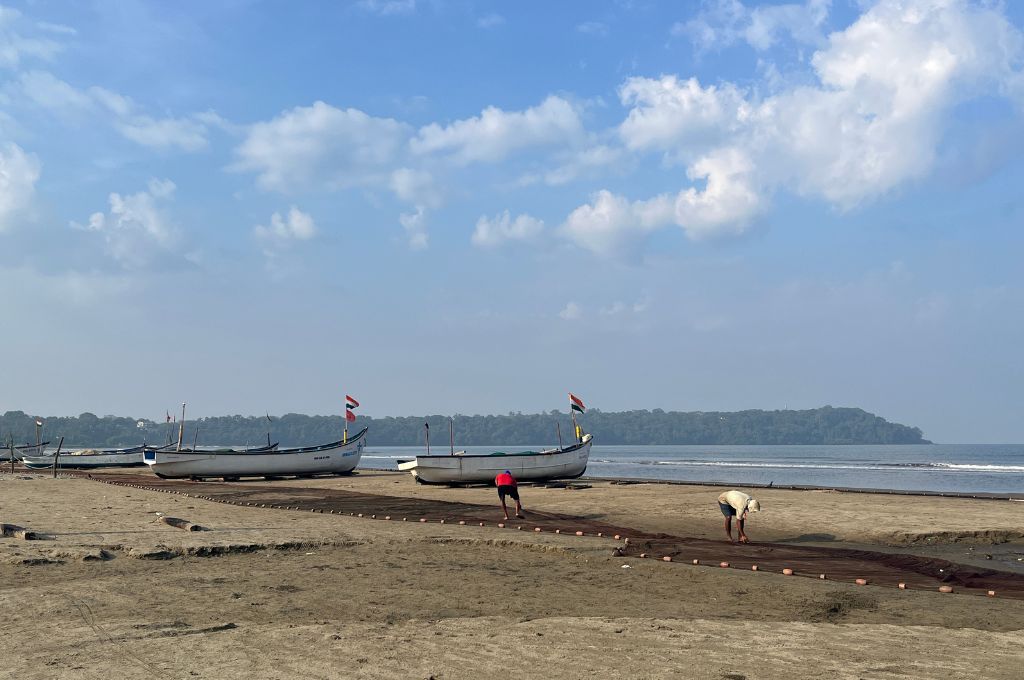From bugyals to bazaars: The Van Gujjars’ changing milk routes

Traditionally, the Van Gujjars in the areas around Uttarakhand’s Dehradun district live in the plains till around March. As a nomadic pastoralist community, they migrate in upland in the summer to the Himalayan bugyals—alpine meadows covered with grasses that are suited to their Gojri buffaloes. During this time, they make irregular trips to villages and markets down the mountain to sell milk, paneer, and mawa (dried, evaporated milk solids). While the Van Gujjars have followed this course for ages, new patterns have emerged over the last few years due to changes in their lifestyle, climate, and government policies. They have also adapted their milk routes in response to these changes.
Many Gujjars have moved away from a fully nomadic lifestyle to a semi-nomadic one. Some have even been resettled by the government. More recently, the elderly members and children of the community have remained in the plains—the former because of the difficulties posed by the mountainous terrain and the latter to be able to attend school. Unpredictable weather also poses problems. Earlier this year, for instance, prolonged bouts of snowfall, hailstorms, and heavy rains meant that the Gujjars and their buffaloes had to stay on in the plains for longer than usual. Many of those who did migrate to the bugyals left their lactating animals behind to cut down on losses. Even though the buffaloes have to live on expensive supplementary feed when in the plains, the Gujjars saw this as the more viable option.
The nearest village can be as far as approximately 10 km from the dera (makeshift summer camp), and descending to the market every day to sell milk is hard. Therefore, the Gujjars make paneer every third day and bring it down to the nearby markets in buckets. Some of this paneer is also sold to individual residents. Any residual paneer is sold to the Baniyas and mithaiwalas with whom they have had long-standing relationships. Approximately 80 percent of the community continues to do this, because they are used to and enjoy living on the mountain, and the bugyal grasses and climate are very suitable for their cattle. Mawa is highly processed and usually fetches more money. But its production requires a lot of firewood, so the forest department has clamped down on it in most places.
For almost a decade now, another smaller group of Gujjars has been travelling to Khaddar ka Tapu in Bijnore during the summer instead of migrating to the mountains. Compared to the rather remote bugyals, Bijnore is closer and considerably easier to access by road. Additionally, the quality of the grasses, and consequently that of the milk produced by the buffaloes, is not markedly different. But the price that the milk fetches in Bijnore is lower than what the Gujjars get in Rishikesh, so they continue to sell milk to the same Baniya who purchases milk from them during winter. Maintaining this relationship is also beneficial for them since the Baniyas not only offer them higher prices but also make the effort to travel twice a day to collect the milk and keep the supply chain running.
Therefore, the milk route varies from dera to dera throughout the year. Whether it’s adapting to sell milk in the mountains or building relationships in Khaddar, the Gujjars have always found a way to maintain the milk chains and build their livelihoods around them.
Nikita Naik is a 2022 India Fellow, a content partner for #groundupstories on IDR. Read the original story here.
—
Know more: Learn why pastoralists in Kashmir have not been able to graze their flocks on forest land.
Do more: Connect with the author at [email protected] to learn more about and support her work.



